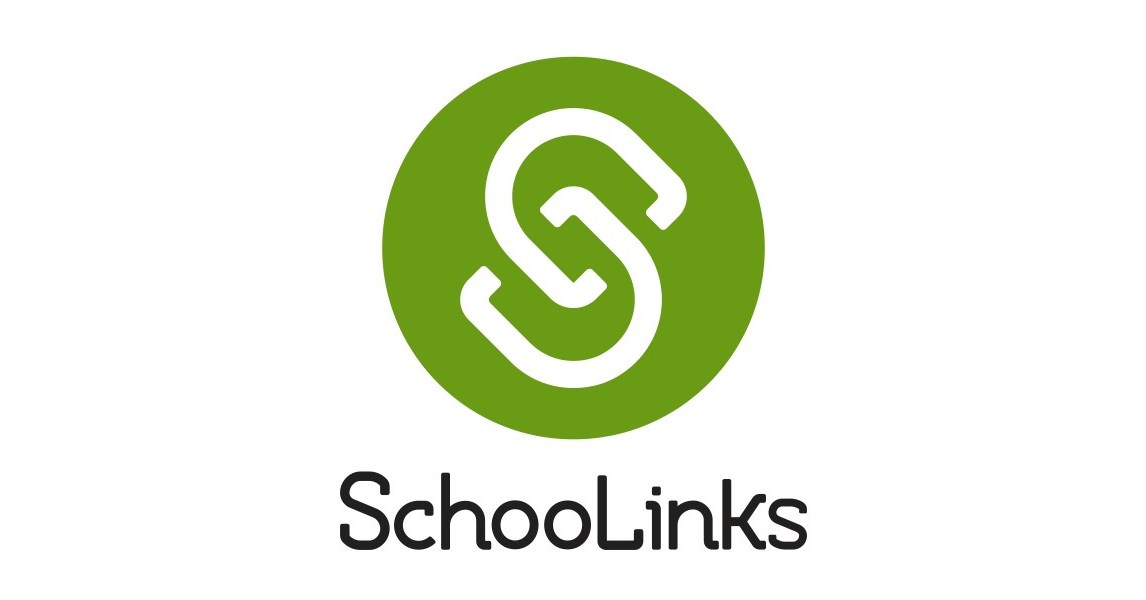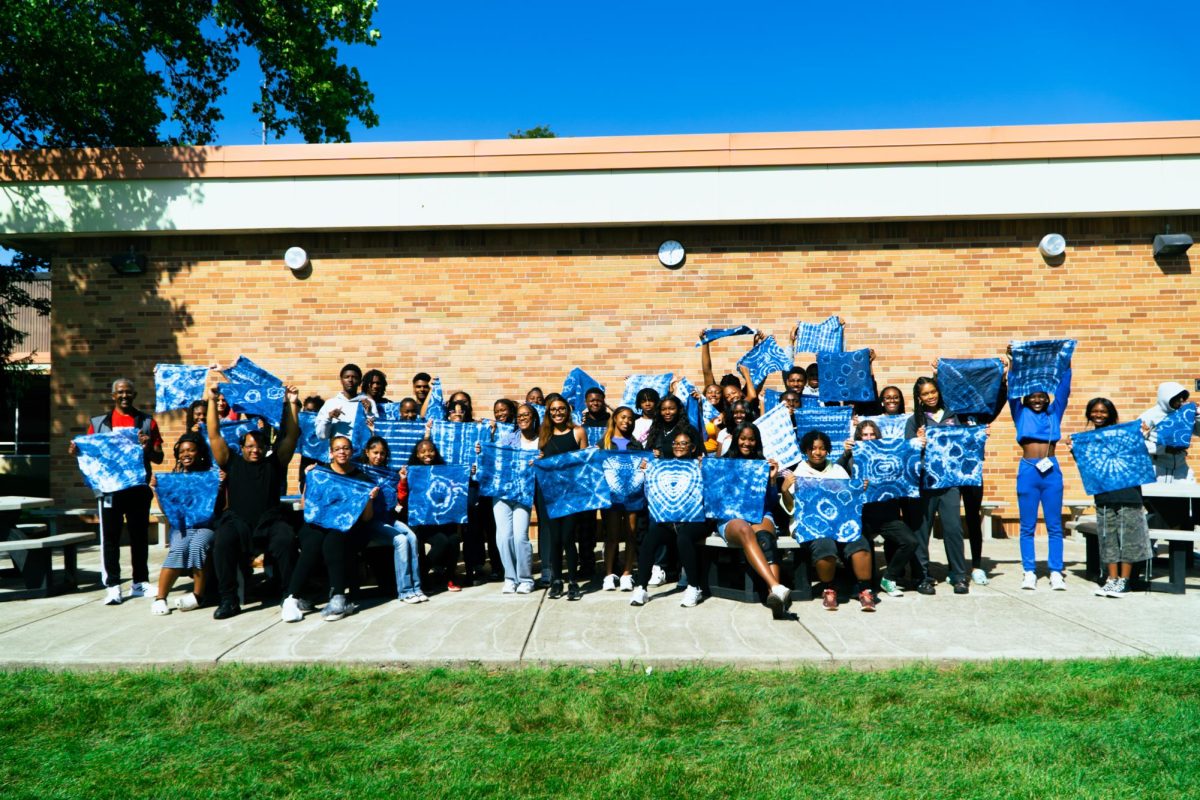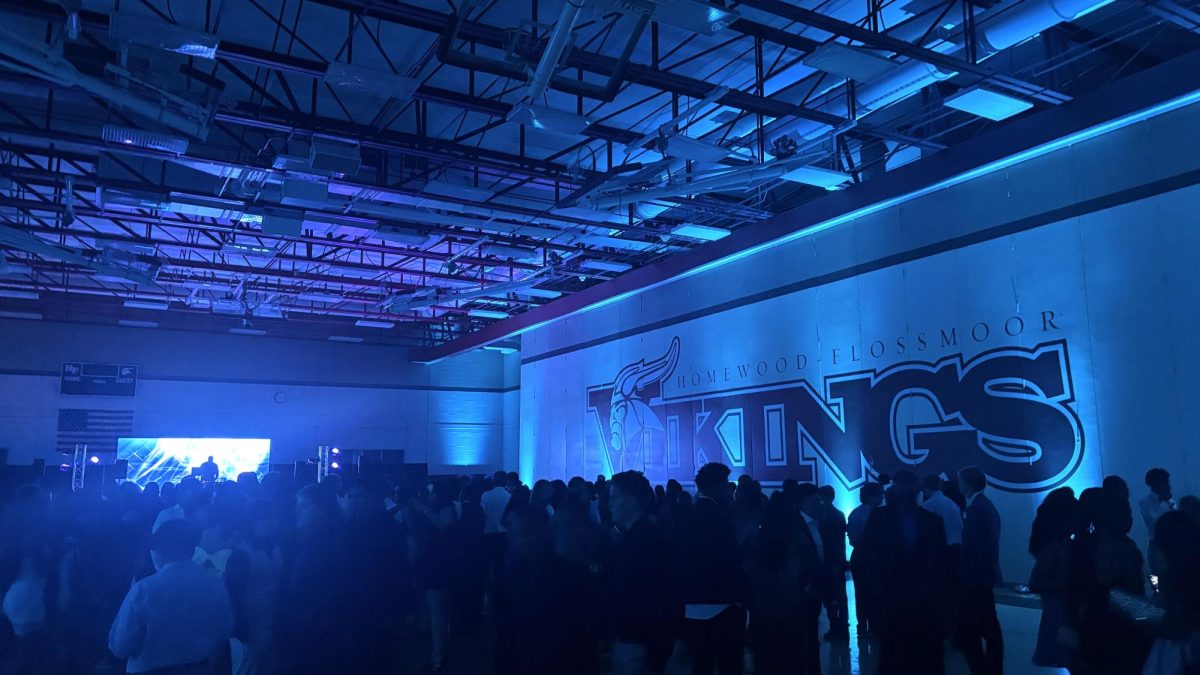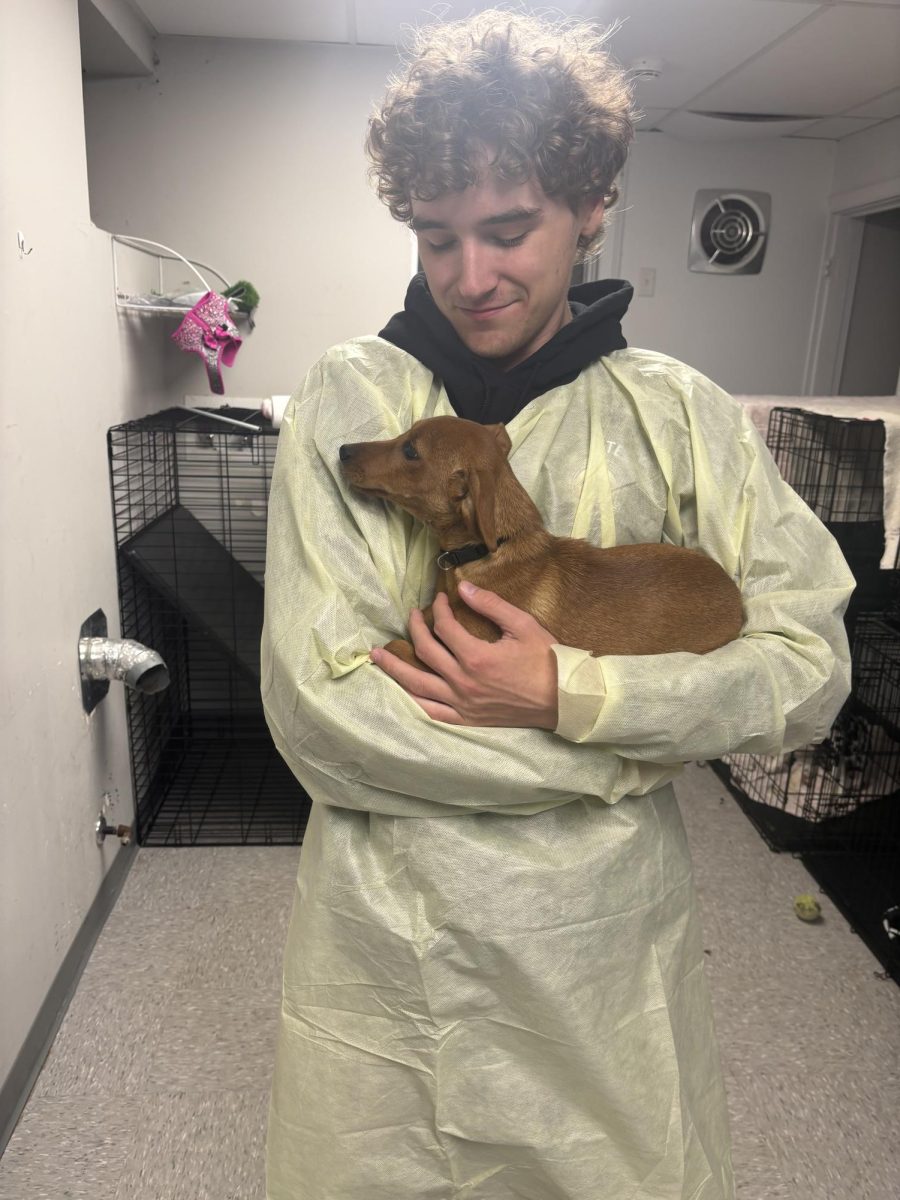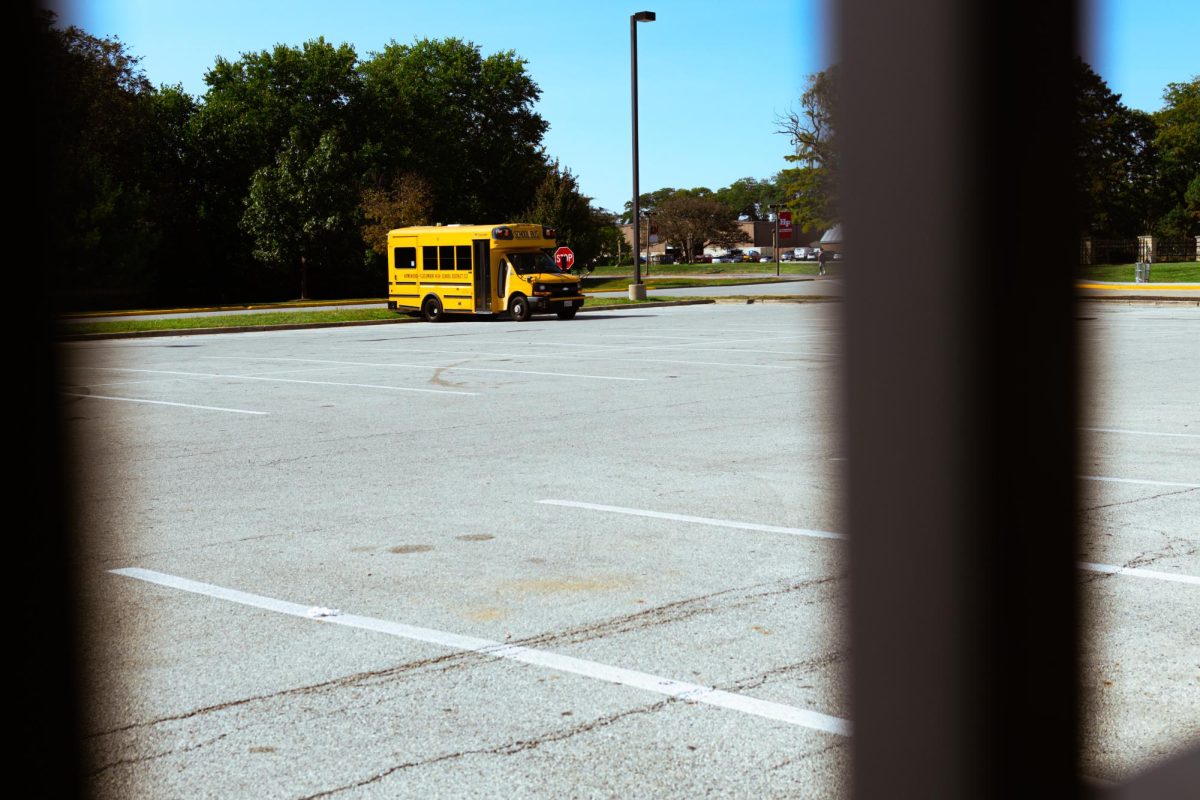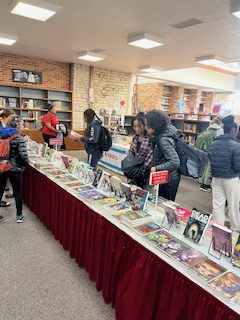For the first time at H-F, students used SchooLinks to register for their courses for the 2025-26 academic year.
This Texas-based platform, created in 2015, has been used at H-F since the 2023-24 academic year to help students explore post-secondary options and apply to college. Before SchooLinks, Naviance was used for a similar purpose.
While the two have much in common, the main difference is that SchooLinks can directly connect to CommonApp. As director of student support Jennifer Rudan explained, “when you apply with the CommonApp, everything gets reported into SchooLinks.” On the contrary, with Naviance, students would have to enter all of their information twice: once on CommonApp and again on Naviance.
H-F now uses SchooLinks for course registration to connect students’ career plans with their H-F courses.
“The goals that students set around postsecondary, we want to tie it all into the courses that you take here at H-F,” Rudan explained. For example, “if you want to become a chef, we want to make sure you’re taking Culinary.”
This is so that, especially for students applying to four-year colleges, those institutions will recognize that students have experience and education in the field they are pursuing.
Rudan noted that she will likely make a minor change in how electives are chosen in the future. This year, as students choose their electives, the courses are sorted by “clusters,” but could also be viewed in an “all electives” section.
“This is our first year setting this up, and there are a couple schools of thought on how to set up the electives,” Rudan stated. “If I made one note for myself for next year, I’m going to put all of the electives together and not group them by clusters, because I do feel like you would almost have to know well the clusters, to know where to look for your elective.”
SchooLinks serves a different purpose for students in each grade.
For freshmen, it intends to help students research possible career paths that align with their personality, strengths and interests. This is reflected in the “Would you Rather?” assessment on the platform, among other activities.
Sophomore year, the focus moves from career “clusters” to narrowing down specific careers.
Junior year, students begin to research, “what do you need to get to whatever your career is?” Rudan explained. “In the past, we used to think, definitely college, but that’s not the case anymore.”
Recently, the focus has broadened to two-year institutions, trade schools, career certifications and other postsecondary options that aren’t solely four-year colleges and universities. The purpose of SchooLinks at this point is to know what those steps are to reach certain career goals.
“By senior year, it’s go time,” Rudan said. “That’s when you are applying” to schools or career programs.
As for the counseling department, the information students put into SchooLinks helps their counselors save time in meetings with students. Counselors don’t have to ask students what career paths they are interested in if that information is already available on SchooLinks, as school counseling department lead Kizawanda Olowe explained.
“For me, when I think about SchooLinks it’s like a starting point,” Olowe stated. Students, using the platform, complete many different surveys, can favorite colleges and careers that they are interested in and have information about trade schools and different branches of the military available to them.
Olowe continued, “once students complete all of those different tasks and they meet with their counselors, their counselor can pull it up and they can have more of an engaging conversation with students,” as opposed to posing surface-level questions about career or college interests.



